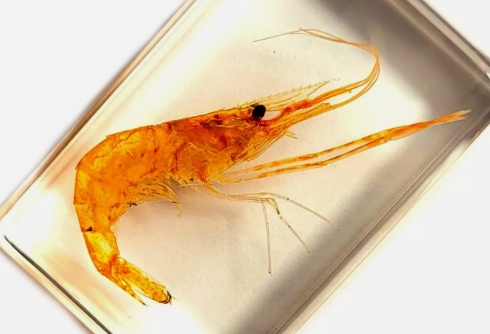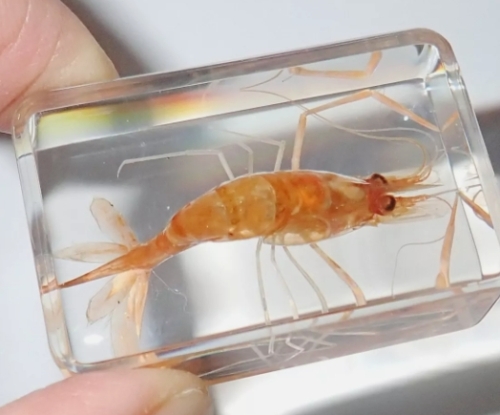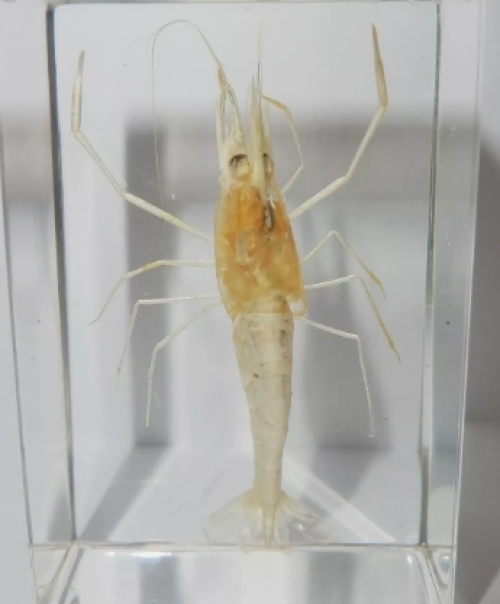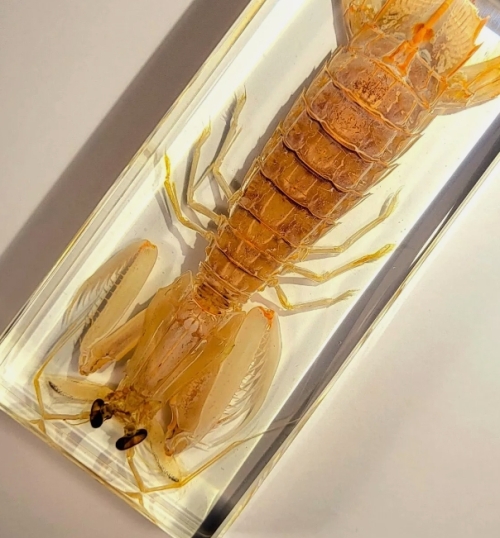Shrimp, as a crustacean widely distributed in oceans and freshwater, has become an important object in biological research and education because of its unique morphology and ecological role. Shrimp specimens are preserved after special treatment, which can effectively retain its morphological characteristics and anatomical structure, and provide valuable resources for scientific research.
The preparation of shrimp specimens usually requires the fresh shrimp to be treated and soaked with preservatives to prevent it from rotting and spoiling. The specimens not only reveal the shrimp's external features, such as antenna, limb and shell color, but also reveal its internal structure, helping researchers gain insight into the shrimp's physiological functions and ecological adaptations.
In education, shrimp specimens are often used in schools and museums to help students and the public better understand ecosystems and biodiversity. By looking at the specimens, we can appreciate the important role of shrimp in the food chain, and thus enhance the understanding of the ecological protection of waters.
In short, shrimp specimens are not only a tool for scientific research, but also an important medium for the transmission of Marine and freshwater ecological knowledge.














